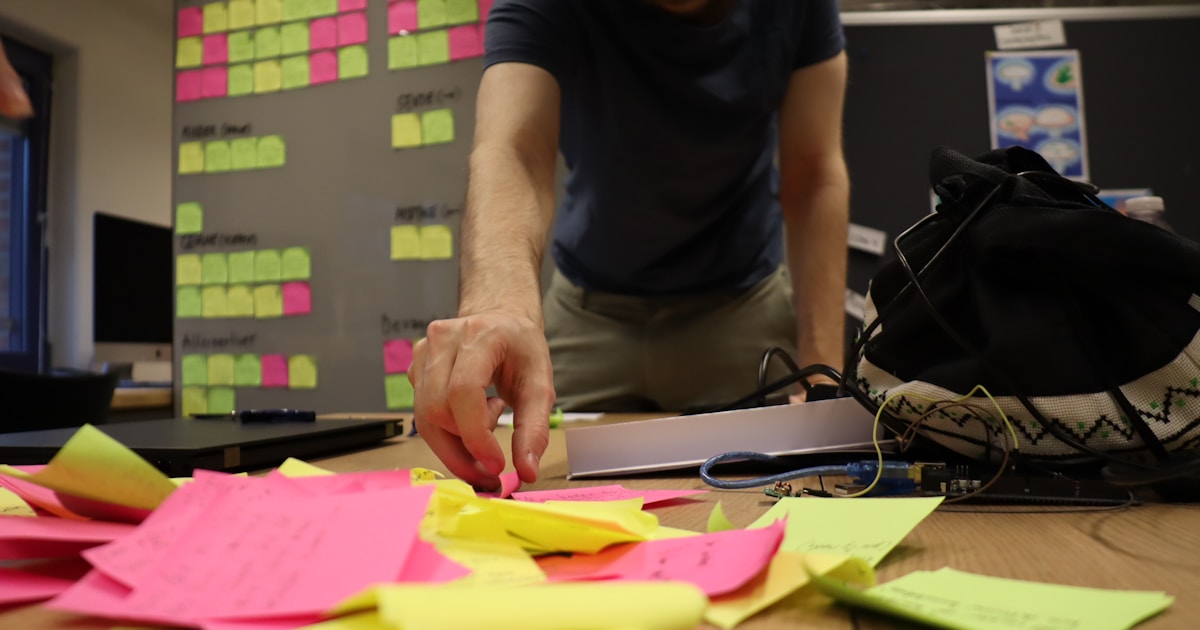The Future of Information Architecture: Trends Shaping UX in 2024

As we navigate through 2024, Information Architecture continues to evolve at a rapid pace. Understanding these emerging trends is crucial for staying ahead in the UX field. Let’s explore what’s shaping the future of Information Architecture.
Why Interaction Design Matters
Interaction Design plays a crucial role in creating user-centered designs that not only look great but also function seamlessly. In today’s competitive digital landscape, understanding and implementing effective Interaction Design strategies can be the difference between a successful product and one that fails to engage users.
Key Principles
When working with Interaction Design, there are several fundamental principles to keep in mind:
- User-Centered Approach: Always prioritize the needs and goals of your users
- Consistency: Maintain consistent patterns and behaviors across your design
- Accessibility: Ensure your Interaction Design solutions are inclusive and accessible to all users
- Iteration: Continuously test and refine your Interaction Design implementations
Best Practices
Here are some proven best practices for effective Interaction Design:
1. Start with Research
Before implementing any Interaction Design solution, conduct thorough user research to understand your audience’s needs, pain points, and behaviors.
2. Create User Personas
Develop detailed user personas that represent your target audience. This will help guide your Interaction Design decisions and ensure you’re designing for real users.
3. Test Early and Often
Implement a continuous testing strategy to validate your Interaction Design choices. Use both quantitative and qualitative methods to gather insights.
4. Document Everything
Maintain comprehensive documentation of your Interaction Design decisions, rationale, and outcomes. This will help your team stay aligned and learn from past experiences.
Common Challenges
While implementing Interaction Design, you may encounter several challenges:
- Stakeholder Alignment: Getting buy-in from all stakeholders can be difficult
- Resource Constraints: Limited time and budget can impact the quality of your Interaction Design work
- Technical Limitations: Sometimes technical constraints may limit your Interaction Design options
- User Adoption: Ensuring users actually adopt and use your Interaction Design solutions
Tools and Resources
Here are some essential tools for Interaction Design:
- Research Tools: UserTesting, Maze, Hotjar
- Design Tools: Figma, Sketch, Adobe XD
- Prototyping: InVision, Principle, Framer
- Analytics: Google Analytics, Mixpanel, Amplitude
Further Reading
- Explore more on this topic: Interaction Design insights
- See all writing: Writing hub
- Work with me: Contact
Related Articles
Conclusion
Interaction Design is an essential component of modern UX design. By following the principles and best practices outlined in this article, you can create more effective and user-centered experiences. Remember to stay updated with the latest trends and continuously refine your approach based on user feedback and data.
This article was automatically generated as part of our daily UX insights series. For tailored help, contact us.

